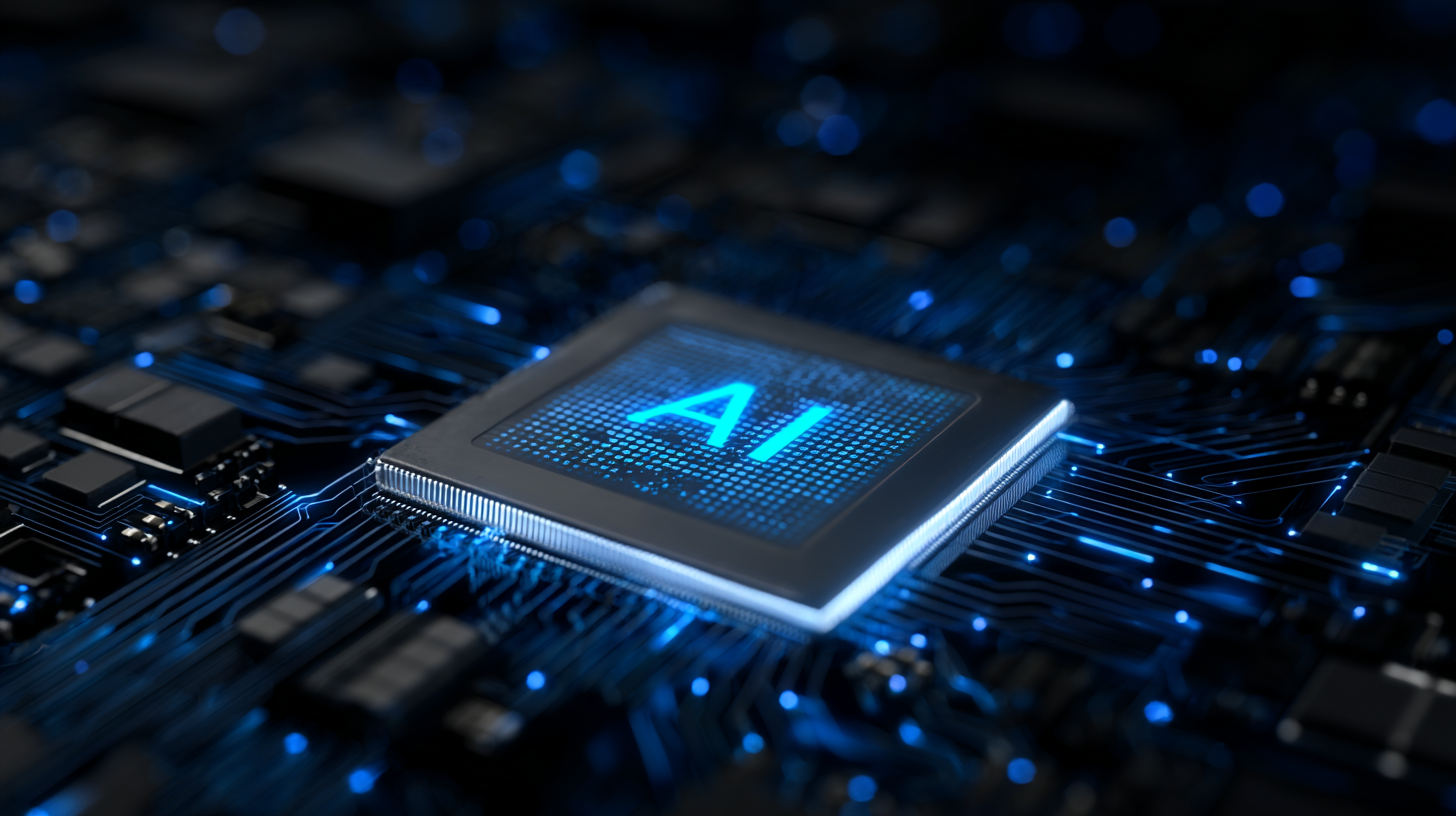The global healthcare sector, valued at $9 trillion, accounts for 11% of the world’s GDP. This vast market is undergoing a significant transformation driven by advancements in robotics and artificial intelligence (AI). Concurrently, a variety of new patient apps are empowering individuals to take control of their own health data.
In an enlightening discussion with "The Exchange," specialist doctors from Aman Hospital in Qatar highlighted how AI and robotics are significantly enhancing patient care. According to their insights, these technologies are not only improving the accuracy of diagnoses but also streamlining surgical procedures and patient management systems.
Rapid Growth and Technological Integration
According to an analysis by the World Economic Forum, the global healthcare market is witnessing rapid growth, now contributing 11% of the world's GDP. This episode of "The Exchange" delves into the technological trends driving this expansion and the profound impact of these innovations on the healthcare landscape.
One of the key players in this transformation is GE HealthCare, one of the world’s largest medical technology companies. Last year, the company reported a revenue surge to nearly $20 billion. Elie Chaillot, President & CEO of GE HealthCare International, joined "The Exchange" to discuss the firm’s strategic investments in AI and robotics. Mr. Chaillot elaborated on how these investments are poised to revolutionize patient care and business operations within the healthcare sector.
Expert Insights on the Future of Healthcare
This edition of the show also features Dr. Bertalan Mesko, a renowned medical futurist who frequently presents at esteemed institutions such as the World Health Organization, Yale, Stanford, and Harvard universities. Dr. Mesko emphasized the importance of ensuring that technological advancements align with patient needs. He also unveiled the latest inventions and breakthroughs in medical equipment, illustrating how these innovations are set to redefine modern healthcare.
Dr. Mesko remarked, "The integration of AI and robotics into healthcare is not just about technological advancement; it's about creating a more efficient, accurate, and patient-centric healthcare system. As these technologies evolve, they hold the potential to democratize healthcare, making it more accessible and affordable for people around the world."
Cost-Saving Benefits
One of the most compelling aspects of integrating AI and robotics into healthcare is the potential for significant cost savings. Automated systems can reduce the burden on healthcare professionals by handling routine tasks, thereby lowering operational costs. AI-driven diagnostics can minimize the need for unnecessary tests and procedures, ensuring that resources are utilized more effectively. Robotics can also enhance surgical precision, reducing recovery times and associated costs for patients.
Elie Chaillot from GE HealthCare highlights, "Investments in AI and robotics not only improve patient outcomes but also offer substantial cost-saving benefits. By optimizing resource allocation and streamlining operations, healthcare providers can achieve greater efficiency and reduce overall expenditure."
Conclusion
As AI and robotics continue to evolve, their impact on the $9 trillion healthcare sector is becoming increasingly profound. These technologies are not only transforming patient care but also reshaping the entire healthcare ecosystem. With ongoing investments and innovations, the future of healthcare looks promising, offering enhanced efficiency, accuracy, and accessibility for patients globally.







